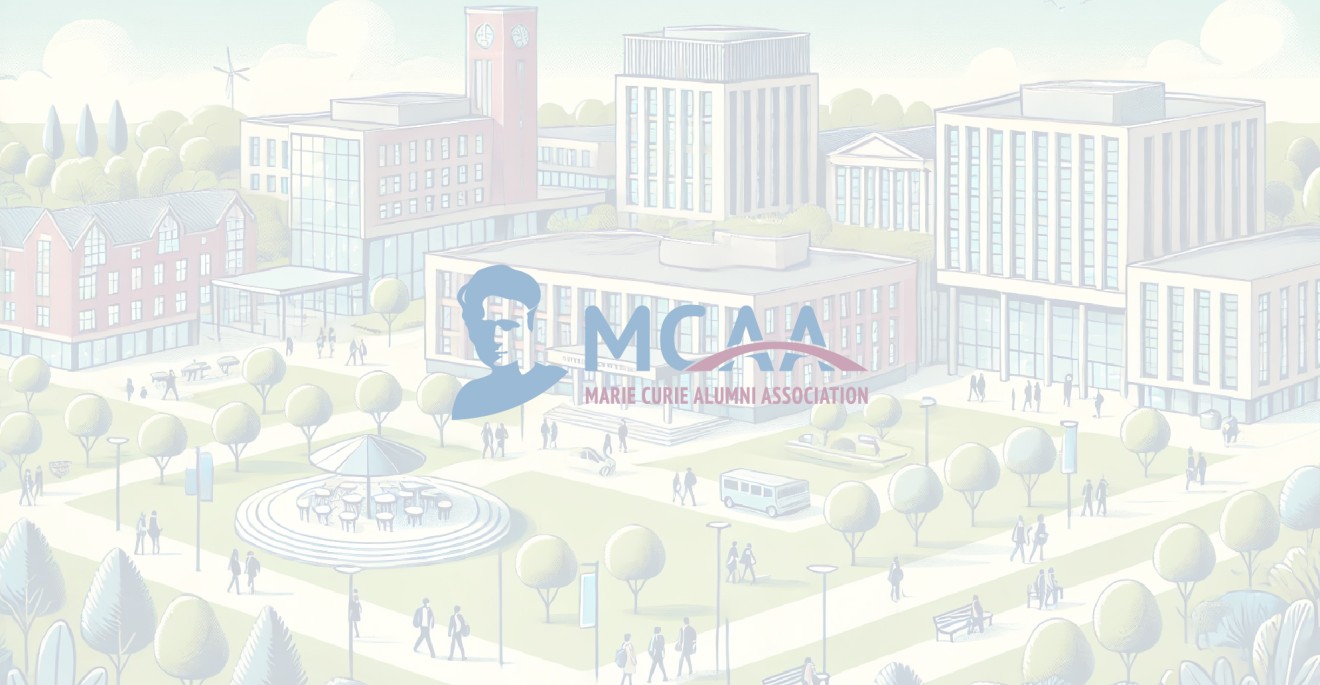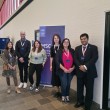Open Science in Africa - the SCI-GAIA Project

Africa has lagged behind Europe and other parts of the world when it comes to making the most of e-infrastructures, which allow scientists to collaborate and share data. But things are changing as the availability of high-capacity internet networks increases across the continent.
The EU-funded SCI-GAIA project delivered a range of support activities to help the African research community set up a variety of e-infrastructures. Through training sessions and the production of educational materials, the project also promoted the practice and value of Open Science, which aims to make research more accessible to fellow scientists and society at large.
‘There are many talented scientists and researchers in Africa who have been missing out on the opportunities presented through Open Science,’ says SCI-GAIA project coordinator Simon J E Taylor from Brunel University London in the United Kingdom. ‘We showed them how to get their data and results off their laptops and onto platforms where they could share knowledge with peers both at home and abroad.’
Sharing brain scans
Thirty-five code developers, educators and computer science specialists – known as SCI-GAIA champions – took part in intensive project training sessions called ‘hackfests’. Hailing from universities and research institutes across Africa, they used the training to develop their own science gateways, open access data repositories or applications.
Seven science gateways and five data repositories were created through the hackfests, along with 30 apps hosted on existing portals.
For example, a professor of computing from Nigeria who had developed computer code for medical imaging learned how to set up a science gateway allowing researchers to share images of brain scans at no cost. Meanwhile, a computer engineer from Ethiopia used a clone of a SCI-GAIA open access repository to build an e-library for African educators consisting of research publications, books and journals.
The project produced a consolidated guide and other educational materials, which can be utilised by national research and education networks and universities that wish to create their own e-infrastructures and science gateways. SCI-GAIA’s literature can also be used to inform educational programmes that deliver degrees in areas such as life sciences, healthcare, agriculture and information and communications technology, or ICT.
In addition, the project ran an online discussion forum where project team members and participants could come together to talk about issues relevant to developing e-infrastructures, networking and building applications. Moreover, hackfest participants have gone back to their institutions and are sharing their knowledge with colleagues.
Passing on pointers
The progress made by SCI-GAIA was built on by a sister EU-funded project called TANDEM, which created a roadmap for the deployment of e-infrastructures in western and central Africa. Projects like these have run in parallel with an internet-enhancing scheme, also funded by the EU, called AfricaConnect.
‘Since the close of the project, we have given advice to other projects and the likes of international development hubs on how to upskill scientists so that they can curate their own data and make their findings available internationally,’ says Taylor. ‘Our hackfest method of training has proved particularly interesting to others because it was so hands-on and got such good results.’
Project details
See http://www.sci-gaia.eu/
- Project acronym: SCI-GAIA
- Participants: United Kingdom (Coordinator), France, the Netherlands, Italy, Ghana, Sweden, Tanzania, South Africa
- Project N°: 654237


